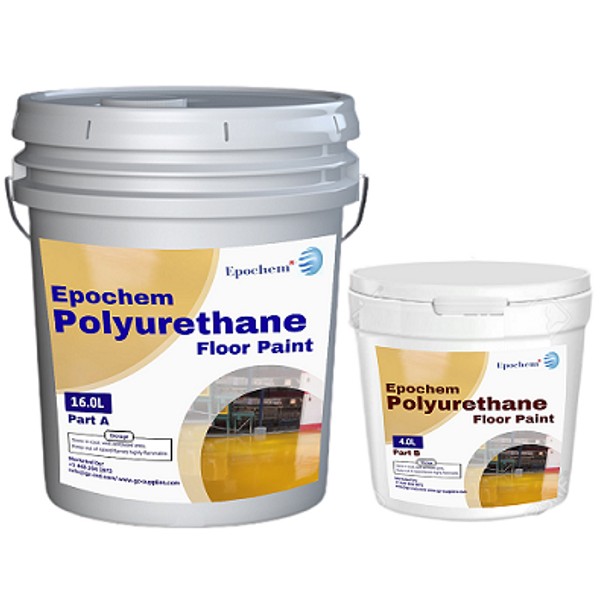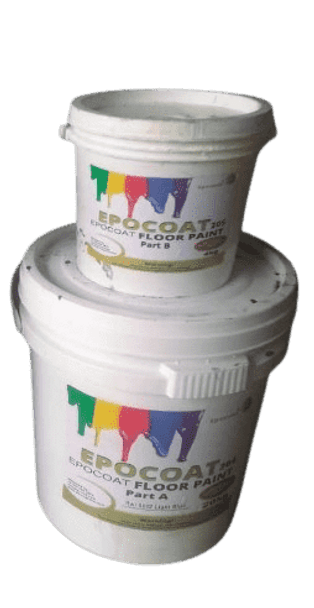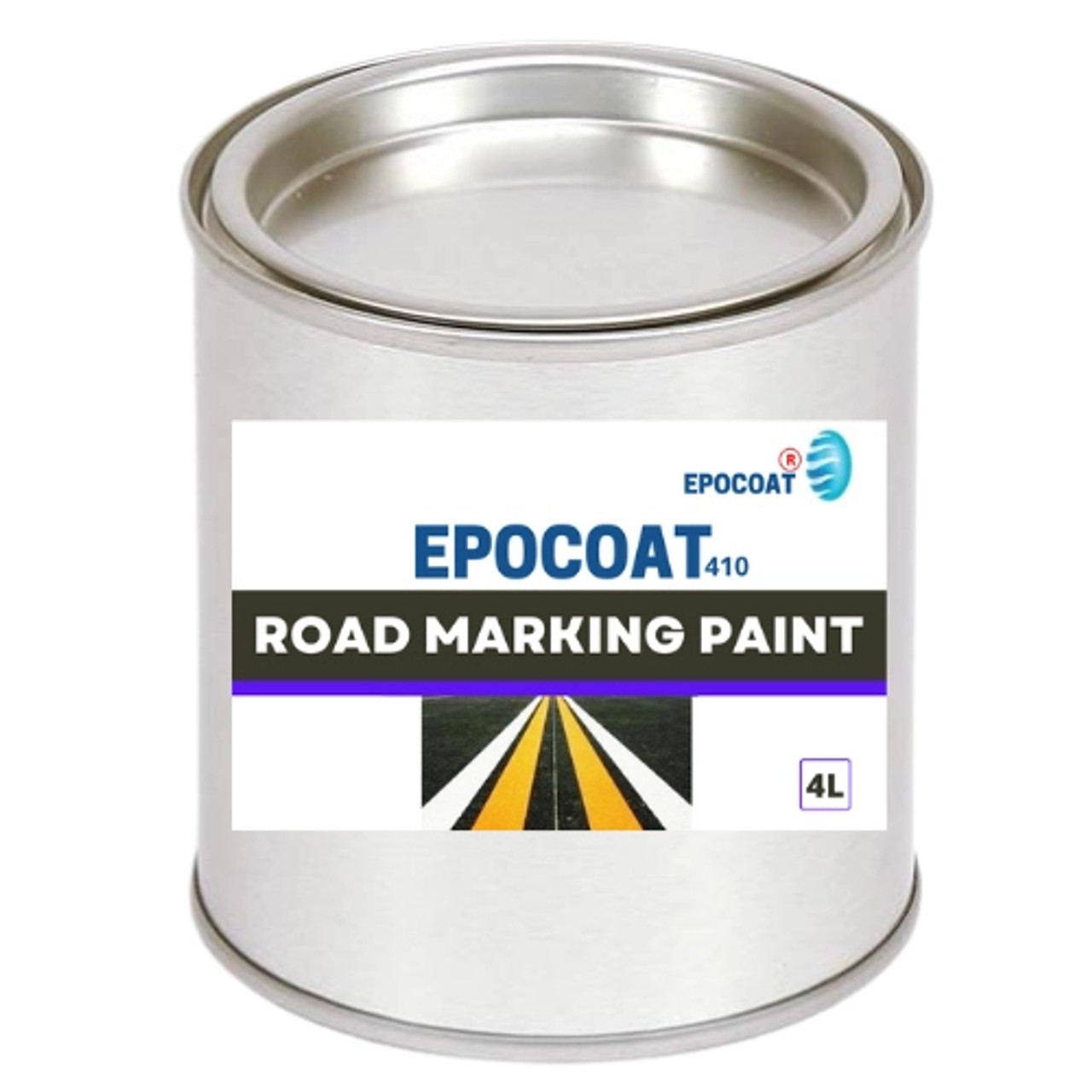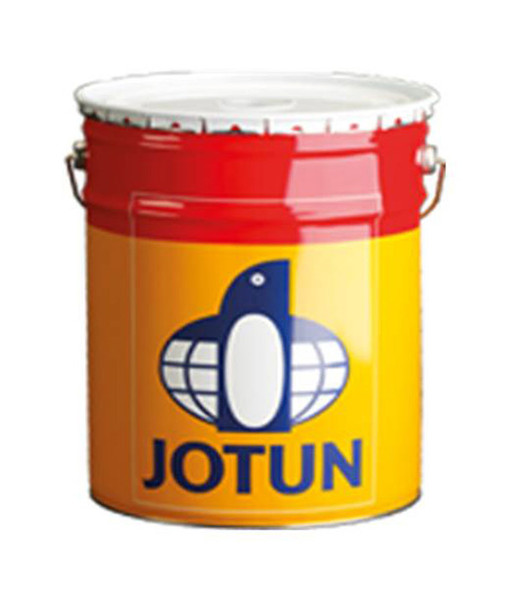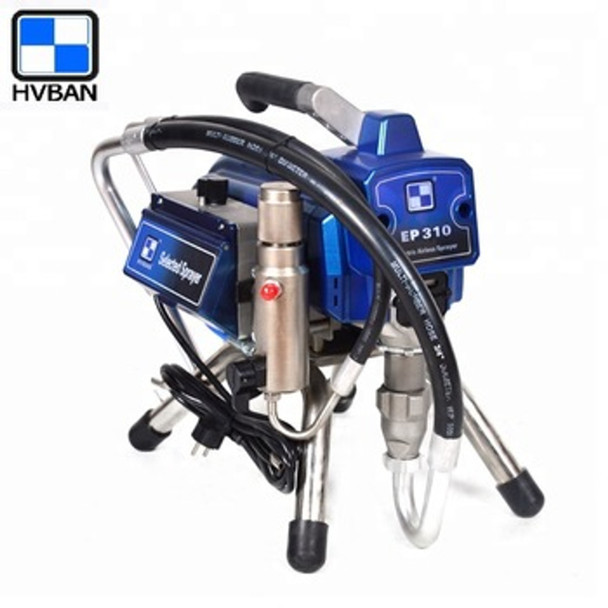The Best Floor Paint for High-Traffic Areas
When it comes to protecting your floors in high-traffic areas, choosing the right paint is crucial. You need a durable finish that can withstand constant foot traffic, spills, and abrasion without showing wear. The best floor paints for busy spaces combine toughness with aesthetic appeal, allowing you to create an attractive surface that holds up over time. We will help you discover top options for painting high-traffic floors, from epoxy coatings to urethane-fortified acrylics. We are going to explore key factors to consider, application tips, and how to select a floor paint that delivers long-lasting results in even the most demanding environments.
Epochem Polyurethane Floor Paint 
What Makes a Floor Paint Ideal for High-Traffic Areas?
When selecting floor paint for high-traffic areas, you need to consider several key factors that contribute to its durability and performance. The ideal paint for these demanding spaces must possess specific qualities to withstand constant wear and tear.
Durability and Resistance
Your chosen floor paint should exhibit exceptional durability to handle heavy foot traffic, rolling equipment, and potential impacts. Look for paints that offer superior abrasion resistance to prevent premature wear. Additionally, seek out formulations that provide chemical resistance to withstand spills and cleaning agents commonly used in high-traffic environments.
Adhesion and Flexibility
Proper adhesion is crucial for longevity in high-traffic areas. The paint should bond strongly to the substrate, whether it's concrete, wood, or metal. Flexibility is equally important, as it allows the paint to expand and contract with temperature changes without cracking or peeling.
Easy Maintenance and Cleaning
In bustling spaces, you'll want a floor paint that's easy to clean and maintain. Opt for products with smooth, non-porous finishes that resist dirt accumulation and staining. Some paints even offer anti-microbial properties, which can be beneficial in certain high-traffic settings like healthcare facilities or food service areas.
Safety Features
Safety should be a top priority in high-traffic zones. Choose floor paints that provide slip resistance, especially in areas prone to moisture or spills. Some formulations include additives that enhance traction without compromising the paint's aesthetic appeal or cleanability.
Quick Drying and Curing
Time is often of the essence in busy areas. Select a floor paint that dries and cures quickly to minimize downtime during application or touch-ups. Rapid-curing formulations allow for faster return to service, which is particularly valuable in commercial and industrial settings.
By prioritizing these qualities, you can select a floor paint that not only withstands the demands of high-traffic areas but also enhances the space's functionality and appearance for years to come.
The Top 5 Floor Paints for Withstanding Heavy Foot Traffic
When it comes to high-traffic areas, you need a floor paint that can stand up to constant wear and tear. Here are the top five options that will keep your floors looking pristine despite heavy foot traffic:
1. Epoxy-Based Floor Paints
Epoxy floor coatings are renowned for their durability and resistance to abrasion. These two-part systems create a hard, glossy finish that can withstand heavy foot traffic, chemical spills, and impact. You'll find epoxy paints particularly suitable for garage floors, warehouses, and industrial settings.
2. Polyurethane Floor Paints
Polyurethane floor paints offer excellent resistance to scratches and stains. They form a tough, flexible coating that can absorb impact without chipping or cracking. This makes them ideal for retail spaces, hospitals, and schools where foot traffic is constant and varied.
3. Acrylic Floor Paints
For a balance of durability and affordability, consider acrylic floor paints. These water-based options dry quickly and provide good resistance to UV rays, making them suitable for both indoor and outdoor applications. You'll find acrylic paints perfect for patios, walkways, and light industrial use.
4. Latex Floor Paints
Latex floor paints are easy to apply and clean up, making them a popular choice for DIY projects. While not as durable as epoxy or polyurethane, high-quality latex paints can still withstand moderate foot traffic. They're best suited for residential areas like basements, laundry rooms, and home gyms.
5. Oil-Based Floor Paints
Oil-based floor paints offer excellent adhesion and penetration, particularly on wooden surfaces. They create a hard, durable finish that resists wear and tear effectively. However, they have longer drying times and stronger odors compared to water-based options. Consider oil-based paints for wooden decks, porches, and interior wood floors in high-traffic areas.
When selecting a floor paint for your high-traffic area, consider factors such as the substrate material, expected foot traffic volume, and environmental conditions. Always prepare the surface properly and follow the manufacturer's application instructions for the best results.
Epocoat 410 Road Marking Paint 
Prepping Your Floors Before Painting
Assess and Clean the Surface
Before applying any paint to your high-traffic floors, it's crucial to thoroughly assess and clean the surface. Begin by inspecting the floor for any damage, such as cracks, chips, or uneven areas. These imperfections should be repaired before painting to ensure a smooth, durable finish. Next, clean the floor meticulously to remove all dirt, dust, and grease. Use a heavy-duty cleaner appropriate for your floor type, and consider renting a professional-grade floor scrubber for optimal results.
Sand and Prime
Once your floor is clean and dry, you'll need to sand it to create a surface that paint can adhere to effectively. For concrete floors, use a floor grinder or diamond-grit sandpaper to roughen the surface. For wood floors, start with coarse-grit sandpaper and progress to finer grits for a smooth finish. After sanding, vacuum thoroughly and wipe the floor with a tack cloth to remove all dust particles.
Priming is an essential step that shouldn't be skipped, especially for high-traffic areas. Choose a primer specifically designed for your floor type and the paint you plan to use. Apply the primer evenly using a roller or sprayer, paying special attention to edges and corners. Allow the primer to dry completely according to the manufacturer's instructions.
Prepare the Space
While waiting for the primer to dry, prepare the rest of the space for painting:
- Remove all furniture and fixtures from the room.
- Cover any remaining items or adjacent surfaces with drop cloths or plastic sheeting.
- Apply painter's tape to baseboards, doorways, and other areas you want to protect from paint.
- Ensure proper ventilation by opening windows or using fans.
By meticulously prepping your floors, you'll create an ideal foundation for your high-traffic floor paint, ensuring a longer-lasting and more professional-looking result.
Application Tips for Long-Lasting Floor Paint
Preparation is Key
Before you begin applying floor paint, proper preparation is crucial for achieving a durable finish. Start by thoroughly cleaning the surface, removing all dirt, grease, and debris. For concrete floors, consider etching the surface to improve paint adhesion. Repair any cracks or imperfections, and ensure the floor is completely dry before proceeding.
Choosing the Right Tools
Select high-quality tools for optimal results. Use a roller with a 3/8-inch nap for smooth surfaces or a 1/2-inch nap for rougher textures. For edges and corners, invest in a good-quality brush. Consider using an extension pole to reduce strain during application.
Application Techniques
Apply the paint in thin, even coats, working in small sections to maintain a wet edge. Begin at the farthest corner from the exit and work your way out to avoid stepping on wet paint. Allow each coat to dry completely before applying subsequent layers. Most high-traffic floor paints require at least two coats for maximum durability.
Environmental Considerations
Temperature and humidity play significant roles in paint application. Aim for a temperature range between 50°F and 90°F, with relative humidity below 85%. Ensure proper ventilation during and after application to promote even drying and reduce fumes.
Curing and Maintenance
Allow the painted floor to cure fully before subjecting it to foot traffic or placing furniture. This process typically takes 24 to 48 hours, but heavy items should be avoided for up to a week. To maintain your newly painted floor, clean it regularly with a pH-neutral cleaner and avoid harsh chemicals that could compromise the finish.
Floor Paint Frequently Asked Questions: Your Top Questions Answered
How long does Floor Paint typically last?
The longevity of floor paint depends on several factors, including the quality of the paint, surface preparation, and the level of foot traffic. In high-traffic areas, a well-applied, high-quality floor paint can last anywhere from 2 to 5 years before needing a refresh. However, in less frequented spaces, it may endure for up to 10 years. Regular maintenance and prompt touch-ups can significantly extend the life of your floor paint.
Can I paint over existing Floor Paint?
Yes, you can paint over existing floor paint, but proper preparation is crucial. Begin by thoroughly cleaning the surface to remove dirt, grease, and debris. Next, lightly sand the existing paint to create a slightly rough texture that will help the new paint adhere. If the old paint is peeling or chipping, you'll need to remove it completely before applying a new coat. Always use a primer designed for floors to ensure optimal adhesion and longevity of your new paint job.
What's the difference between Floor Paint and regular paint?
Floor paint is specifically formulated to withstand the unique challenges of foot traffic, abrasion, and potential chemical spills. It contains harder resins and more durable pigments than regular wall paint, making it more resistant to wear and tear. Floor paint also typically has a lower sheen level to reduce the risk of slips and falls. Additionally, it often includes additives that enhance its resistance to moisture, UV rays, and temperature fluctuations, making it suitable for both indoor and outdoor applications.
Conclusion
In selecting the best floor paint for high-traffic areas, you must carefully consider durability, slip resistance, and ease of maintenance. By choosing a high-quality epoxy or polyurethane coating specifically designed for heavy use, you can ensure your floors will withstand constant foot traffic while maintaining their appearance.
Remember to properly prepare the surface and follow all application instructions for optimal results. While the initial investment may be higher than standard paint, the long-term benefits of a specialized floor coating will far outweigh the costs. With the right product and proper installation, you can achieve attractive, safe, and long-lasting floors that will serve your high-traffic areas for years to come.
Contact us today and get the best floor paint for your next project. Fast delivery and high quality guaranteed!
Related Articles:
The Ultimate Guide to Preparing Your Floor for Painting with Floor Paint
The Pros and Cons of Using Water-Based vs. Oil-Based Floor Paint


